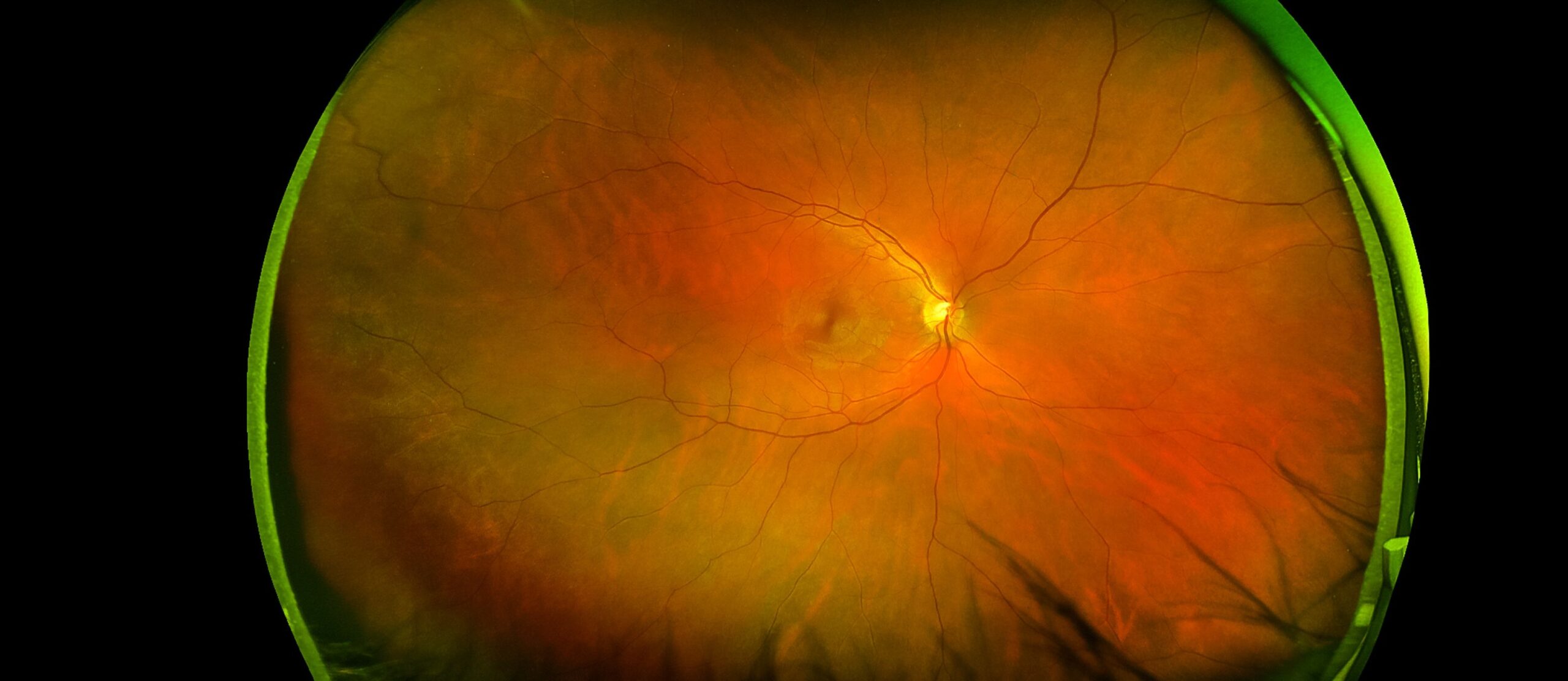New research at the University of Minnesota Medical School has found a link between the p53 cancer pathway and retina and brain blood vessels, according to a new study published recently inScience Signaling.
The p53 gene plays a crucial role in cell division and has a role in suppressing tumors. But mutations in p53 can lead to uncontrolled cell growth and contribute to the development of various cancers. These mutations occur in about 50% of human cancers.
p53 is a well-known target for cancer research, being first identified in the late 1970s and thought to be an oncogene. It was only later that researchers identified p53 as a tumor suppressor gene. Forty years later, researchers continue to study the p53 pathway to find possible cancer therapeutics.
The researchers in the Science Signaling paper studied gene expression in the endothelial cells of mice to investigate the interplay between p53 and MDM2 inhibitors and Norrin/Frizzled4 signaling, which is a signaling system in the blood-retinal and blood-brain barriers.
MDM2 inhibitors are an investigative class of therapies that are being studied to prevent the interaction of MDM2 protein with p53, with the hope of restoring p53’s ability for tumor suppression and leading to the death of cancer cells. They are being studied for p53-mutated advanced/metastatic solid tumors, Merkel cell carcinoma and acute myeloid leukemia.
Researchers in the Science Signaling study have found that MDM2 inhibitors accidentally weaken Norrin/Frizzled4 signaling. They do this by lowering levels of another protein called NCAPH, which is important for organizing DNA during cell division. The Norrin/Frizzled4 pathway plays a significant role in the formation of the normal vascular architecture and helps to maintain the integrity of the blood-retinal and blood-brain barriers.
Researchers also found that a lack of MDM2 in adult mice resulted in leaky retinal blood vessels and increased inflammation, suggesting that ocular edema may be an unwanted side effect of MDM2 inhibitors.
“Our findings reveal an unexpected link between the p53 stress response pathway and Norrin signaling in the vasculature of the central nervous system,” Harald Junge, Ph.D., one of the authors and an associate professor at the University of Minnesota Medical School, said in a news release. “This has implications for cancer treatments that target MDM2 and increase p53 abundance. It’s important to consider that these treatments could impact barrier function, which could potentially lead to dysregulated transport between blood and CNS, neuroinflammation and swelling.”
Researchers said their study also suggests NCAPH as a new candidate gene linked to familial exudative vitreoretinopathy (FEVR), a rare, inherited eye condition that affects blood vessel growth in the retina. They suggest further investigation into the role of NCAPH in endothelial cells, both as a downstream effector of p53 and as a potential disease gene in vascular disorders like FEVR.
This study was supported by grants from the National Eye Institute and National Institutes of Health.
